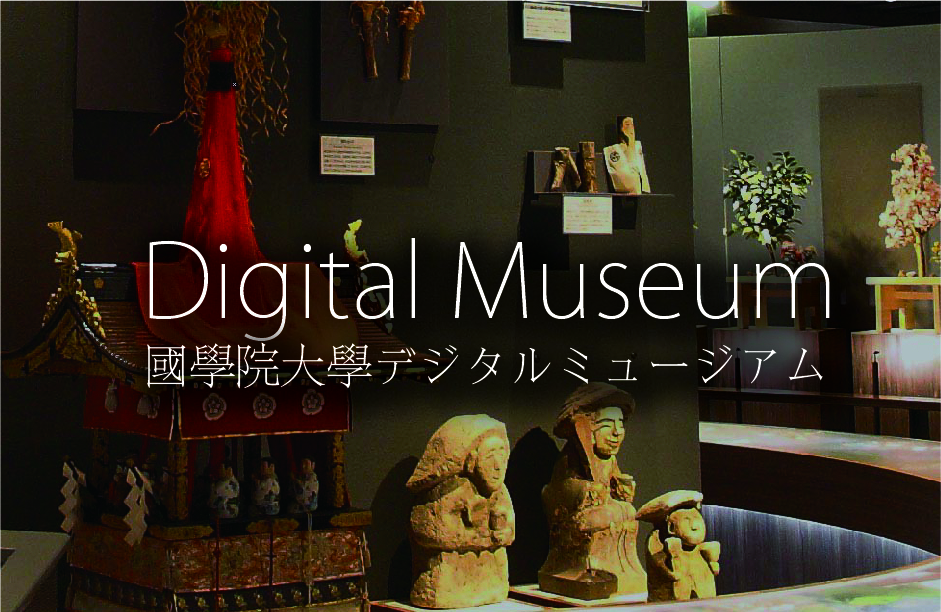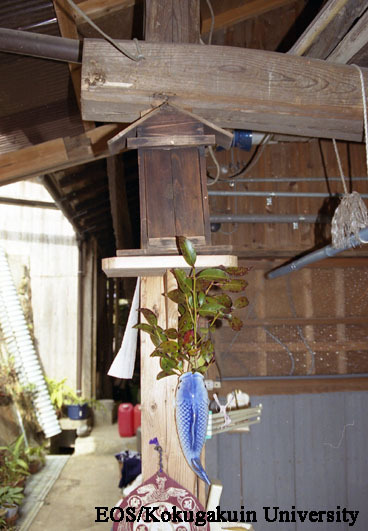- トップ
- Encyclopedia of Shinto
- Kōjin
Encyclopedia of Shinto
| Main Menu: | |
| Links: |
詳細表示 (Complete Article)
| カテゴリー1: | 2. Kami (Deities) |
|---|---|
| カテゴリー2: | Combinatory Kami |
| Title | Kōjin |
| Text | Literally "rough deity," the Buddhist tutelary Kōjin is usually depicted with six arms and three faces displaying angry expressions, and is known as guardian of the "three treasures" of Buddhism-the Buddha, the Dharma, and the sangha or congregation of monk-priests). Originally, the term "rough kami" (araburukami) was applied to any spiritual being demonstrating awesome power and causing violent apparitions and disasters. Kojiki and Nihongi use both terms araburukami and kōjin to describe kami that did not submit to the rule of the Plain of High Heaven and its emperors. In time, these concepts were assimilated to the Buddhist Sanbō Kōjin ("the fierce deities of the three treasures"), while on the folk level, the deity became related in complex ways to the kami of the home (ie no kami) and community tutelaries, thus producing the general features of the Kōjin seen today. Beliefs in Kōjin were furthered by the work of practitioners of the mountain cult of Shugendō and Chinese Yin-Yang divination (Onmyōdō), while the Gion shrine (Yasaka Jinja) interprets Sanbō Kōjin as a subordinate tutelary of Gozu Tennō. On the folk level, two categories of Kōjin can be found, namely, the Sanbō Kōjin worshiped inside the home, and the Kōjin of land, enshrined outdoors. With ancient roots, the folk deity known as the kami of fire (hi no kami) or kami of the hearth (kamado no kami) became linked to the combinatory deity Sanbō Kōjin, likely as the result of influences from Chinese beliefs in hearth tutelaries. Viewed as having a malicious disposition liable and thought of primarily as having the effect of exorcising evil, the deity later came to take on the additional characteristics of an agricultural tutelary. The type of deity represented by the Kōjin of land, on the other hand, demonstrates characteristics found in other common land kami and the kami of mountains (yama no kami), as well as features of what are called kami of the estate (yashikigami) or clan tutelary (ujigami), as well as other local communal tutelary kami. A cult centered on the "Ox Kōjin" is also sometimes found devoted to the deity as a tutelary of horses and oxen. -Yonei Teruyoshi |






